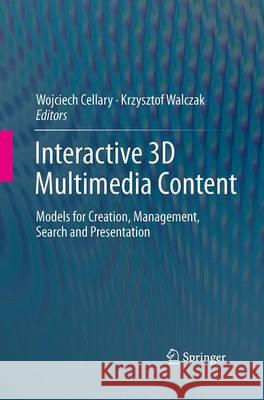Interactive 3D Multimedia Content: Models for Creation, Management, Search and Presentation » książka
topmenu
Interactive 3D Multimedia Content: Models for Creation, Management, Search and Presentation
ISBN-13: 9781447171829 / Angielski / Miękka / 2016 / 296 str.
Interactive 3D Multimedia Content: Models for Creation, Management, Search and Presentation
ISBN-13: 9781447171829 / Angielski / Miękka / 2016 / 296 str.
cena 394,97 zł
(netto: 376,16 VAT: 5%)
Najniższa cena z 30 dni: 374,81 zł
(netto: 376,16 VAT: 5%)
Najniższa cena z 30 dni: 374,81 zł
Termin realizacji zamówienia:
ok. 16-18 dni roboczych.
ok. 16-18 dni roboczych.
Darmowa dostawa!
Kategorie:
Kategorie BISAC:
Wydawca:
Springer
Język:
Angielski
ISBN-13:
9781447171829
Rok wydania:
2016
Wydanie:
Softcover Repri
Ilość stron:
296
Oprawa:
Miękka
Wolumenów:
01











